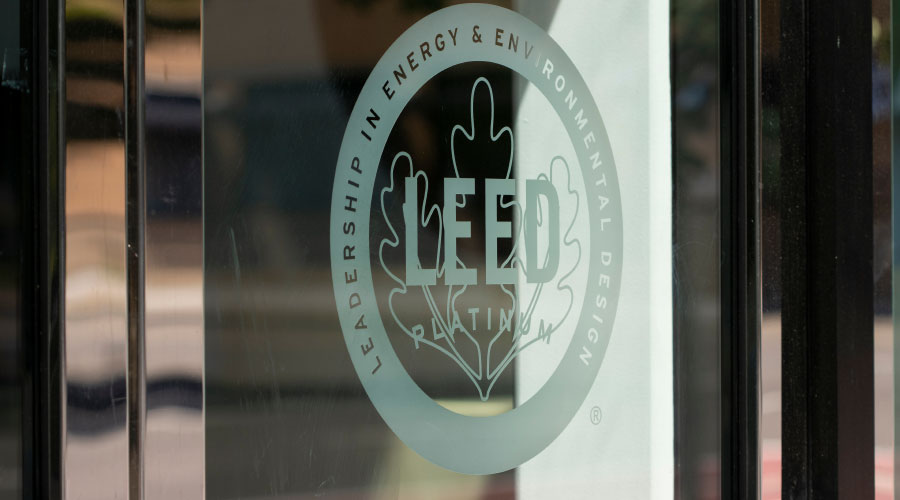Green, sure. But accessible? Maintainable?
 Green buildings tend to attract a great deal of attention and support these days, and for reasons that are easy to understand.
Green buildings tend to attract a great deal of attention and support these days, and for reasons that are easy to understand.
Their designs and components aim to minimize the impact of the facility on the environment and to curtail energy consumption at a time when concerns are rising about global warming. A green building can help people believe they are doing their part for the environment.
Such goals certainly are worthwhile. But it would be a missed opportunity if any new construction or renovation project went out of its way to address green considerations without paying enough attention to two equally essential issues — maintainability and accessibility.
Focus on Maintainability
Our cover article this month, “Efficiency By Design,” discusses the benefits of the plan review process in the Milwaukee Public Schools. The process is noteworthy because 15 years ago, the school district integrated comments and input from its inspectors with its maintenance and repairs department into the design process.
Among the results of the change, designers became more aware of the needs of maintenance technicians in inspecting, operating and repairing equipment and systems. And schools became easier to maintain. Now, it’s not uncommon for a new school to go for five years after opening without needing major repairs.
Not surprisingly, few organizations seem to have embraced this role for maintenance departments as much as Milwaukee Public Schools. But the process certainly offers the possibility that any building — green or not — can be cost-effective to maintain and efficient to operate.
Eye on Access
Facilities accessibility also tends to come as an afterthought in new construction and renovation projects. Joan W. Stein’s article on page 18, “Whole-Building Access,” discusses the need for designers and architects, as well as managers, to consider accessibility issues beyond those in restrooms. Those issues tend to get more attention that other equally pressing needs related to such building components as doors and water fountains.
One point for all of us to remember as it relates to accessible facilities is that designs and renovations that improve accessibility and comfort for people with disabilities do the same for everyone who visits or works in a facility.
Green issues will continue to generate interest. For proof of that, see “Lamp Recycling, Step by Step” on page 26, which offers suggestions for minimizing the flow of mercury-containing fluorescent lamps into the environment.
But beyond green, new construction and renovation projects offer all parties involved a number of opportunities to make facilities more comfortable, easier to maintain, and more accessible.
Related Topics:








 Green buildings tend to attract a great deal of attention and support these days, and for reasons that are easy to understand.
Green buildings tend to attract a great deal of attention and support these days, and for reasons that are easy to understand.


